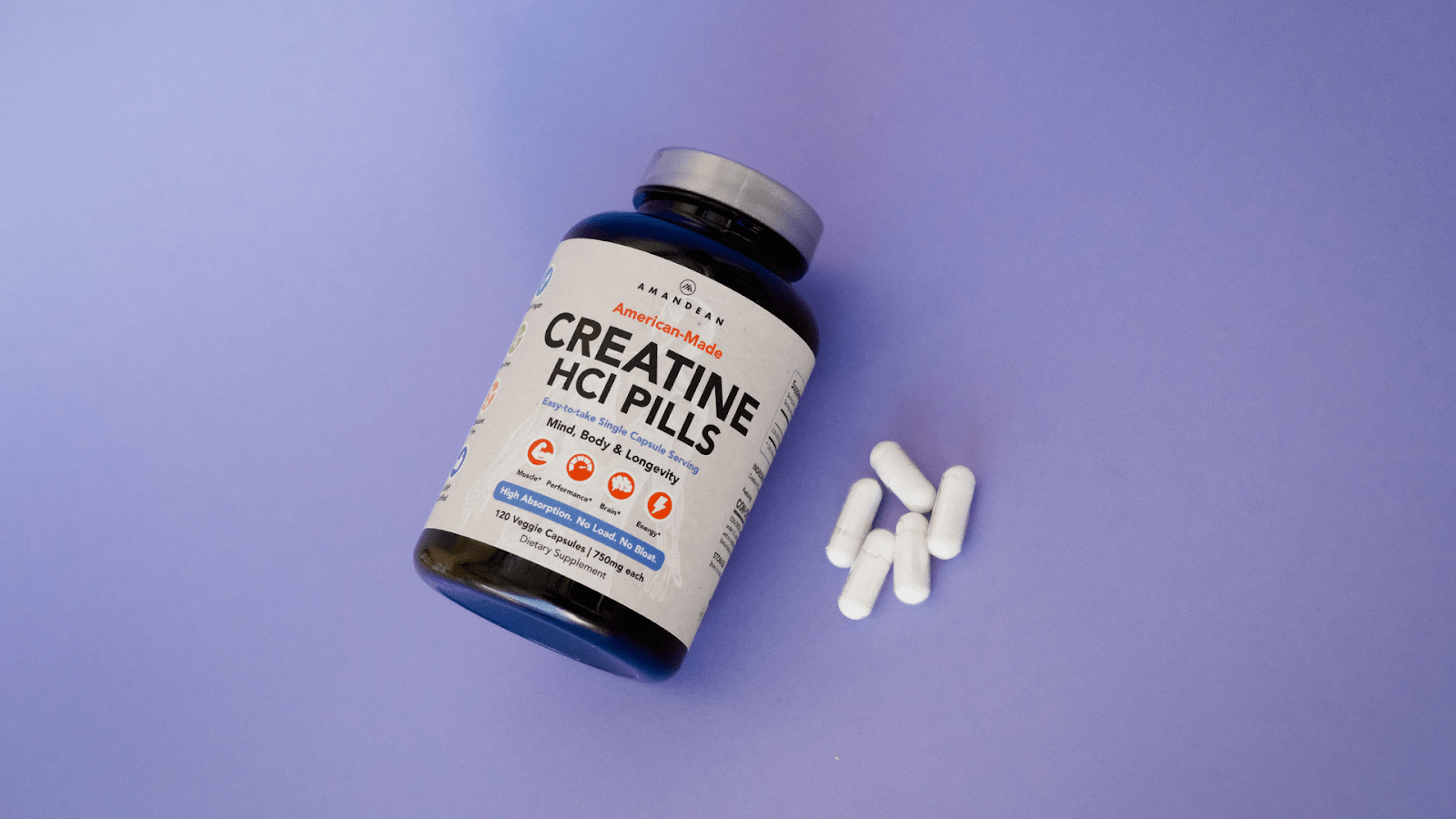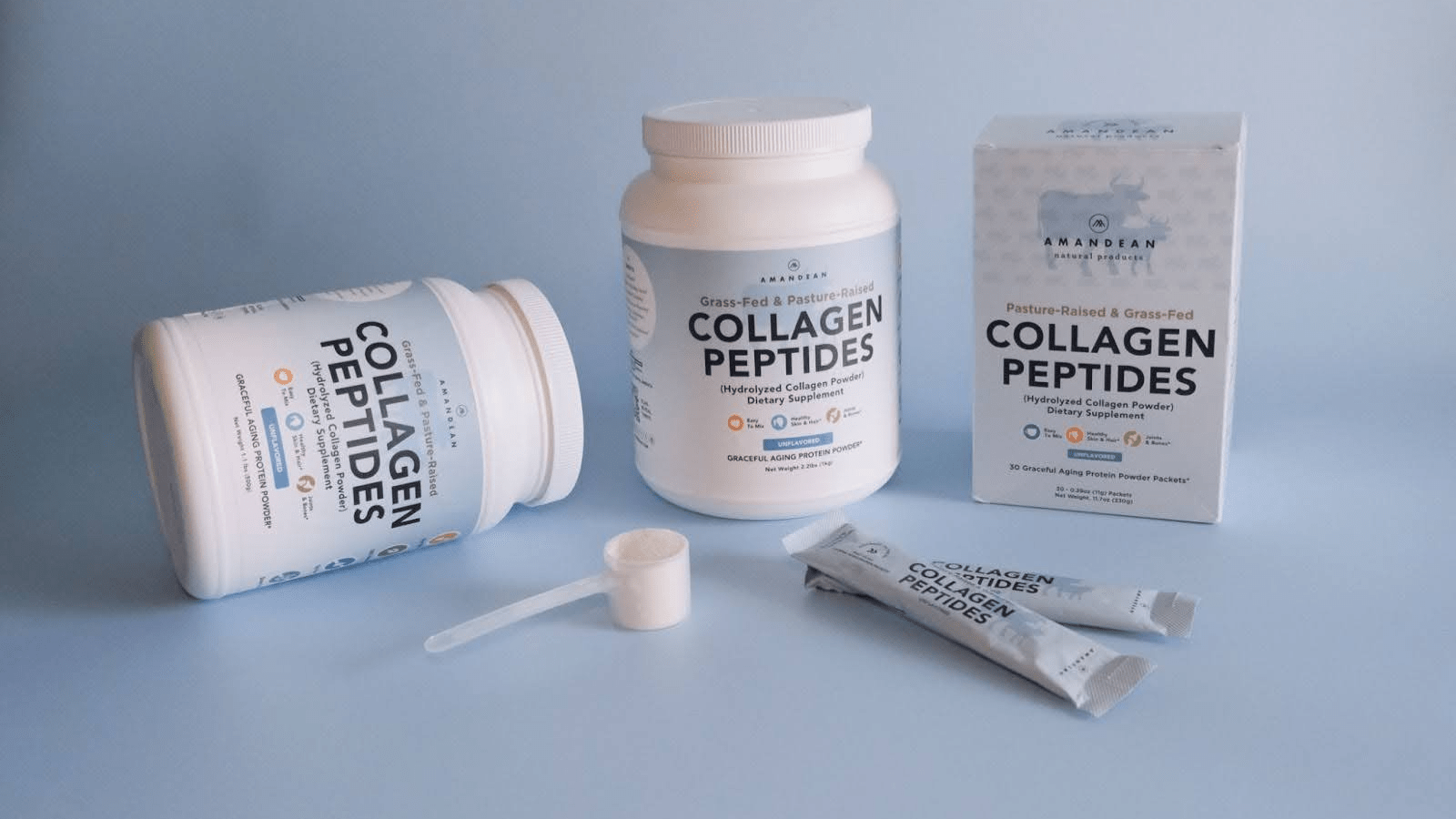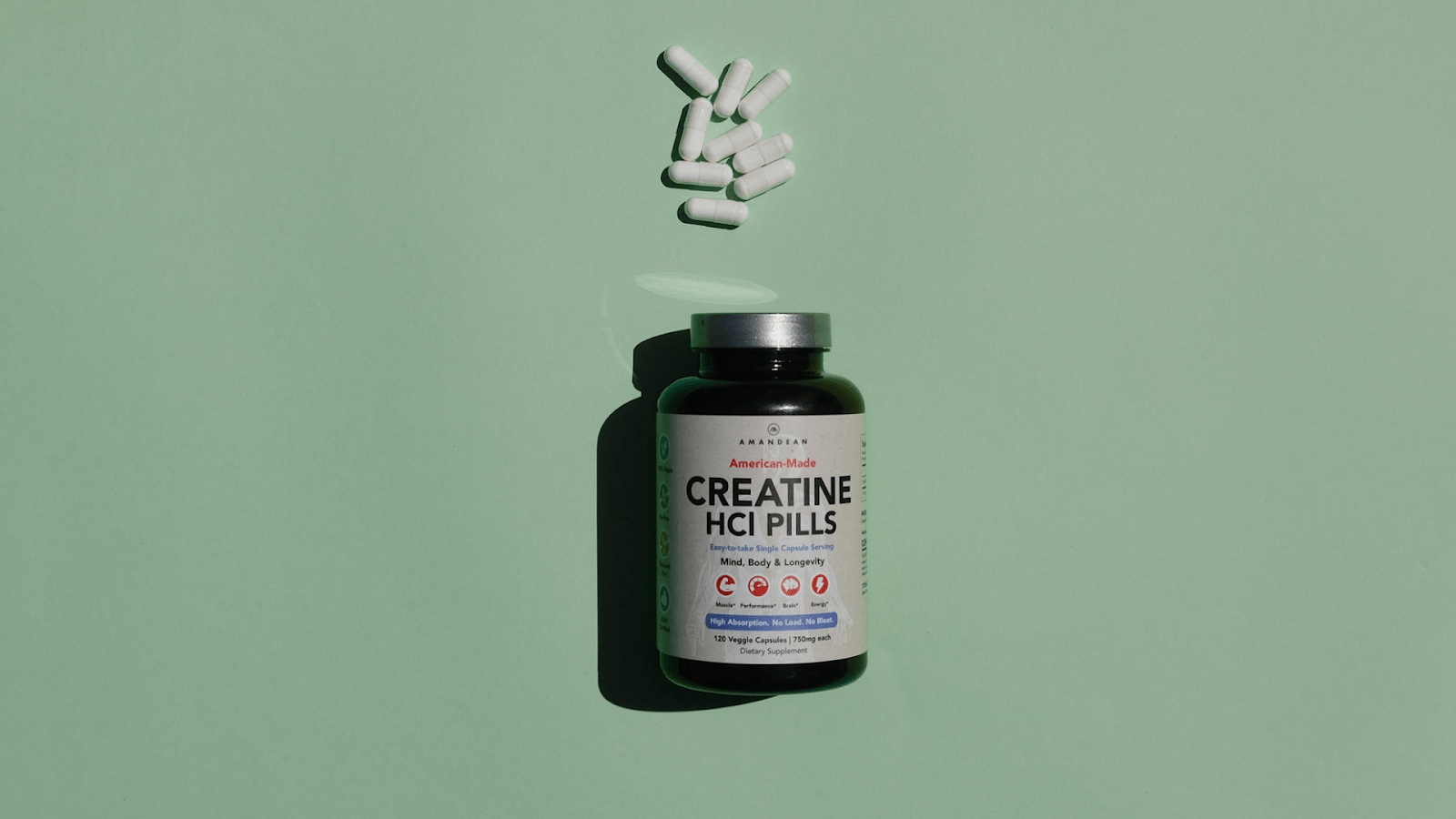Your Cart is Empty

August 17, 2021 5 min read
Protein is one of the three macronutrients, along with carbohydrates and fat, that provide fuel for the body. Protein is needed to grow new tissues, aid in injury recovery, and keep the muscles healthy and strong. Unlike carbohydrates, which are quickly turned into glucose, protein is broken down into glucose at a much less efficient rate. Protein can be turned into glucose anywhere from an hour to several hours after eating.

On average, about 10-35% of your daily calories should come from protein. The remainder should be comprised of limited carbohydrates and healthy fats. However, the ADA no longer provides a recommended diet for people with diabetes. Nutritional needs, including protein, vary based on a number of factors such as height, weight, activity level, and health.
Certain diets like the keto, Atkins, and paleo diets place an emphasis on low-carb, high fat and high protein foods. Although they can be restrictive, many people find them to be healthy guidelines for keeping blood sugar levels under control. However, instead of a "one menu fits all" approach to diet, you should meet with a dietitian or healthcare professional to create a tailored meal plan that suits your unique needs. In any case, your diet should be filled with high-fiber, heart healthy foods that are low on the glycemic index.
The American Diabetes Association compiled a great list of foods that are a good source of protein. However, it's important to note that lean "isolated" proteins are the purest sources of protein, while some plant-based protein substitutes may be higher in carbohydrates. Of course, how you prepare each protein affects your meal's nutritional content and resulting blood glucose levels as well. Don't worry, we'll list some of our favorite low-carb, high-protein snack ideas below!


Some of the best snacks for diabetics are the ones highest in fiber. Fiber helps slow down the digestive process, which means the energy from the food is released over a longer period of time. These snacks also contain lean sources of protein, often in the form of protein powder, to help you keep track of exactly how much protein you've eaten. They make for great snacks in the early afternoon or even before bed to promote insulin resistance overnight. Speak with a doctor or licensed dietitian to find an eating schedule that suits your lifestyle and health needs.


Unlike carbohydrates, which are quickly turned into glucose, protein is broken down into glucose at a much less efficient rate.
It's important to note that lean "isolated" proteins are the purest sources of protein, while some plant-based protein substitutes may be higher in carbohydrates.
Marine collagen supplements, collagen derived from fish skin, provide 10 grams of protein and only ~35 calories per scoop.
Gelatin, a partially cooked version of collagen, is another great protein choice for diabetics.
Some of the best snacks for diabetics are the ones highest in fiber.
Take our quiz and find which supplements your body is craving.


October 17, 2025 8 min read
Find out why creatine is better for vegans! Boost your wellness game and unlock peak performance with Amandean's premium supplements today.

October 16, 2025 7 min read
Learn whether collagen in coffee is just another wellness fad. Examine the facts, benefits, and how to use collagen in coffee for beauty and joint support.

September 22, 2025 9 min read
Unlock the full benefits of creatine for women. Boost energy, beauty, and brainpower with Amandean’s clean formulas.